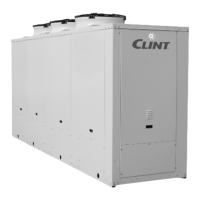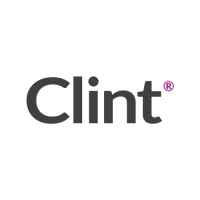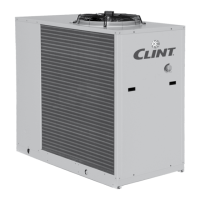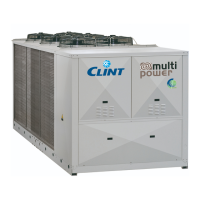
Do you have a question about the Clint CHA 182-P-604-P and is the answer not in the manual?
Provides general information about the unit and its risks.
Lists documents supplied with the unit.
Highlights important safety warnings and user responsibilities.
Details how to identify the unit using its nameplates.
Describes the intended applications and uses of the unit.
Lists substances and conditions to avoid when using the unit.
Provides a general description of the unit's construction and features.
Defines key terms used in the manual for safety.
Outlines fundamental safety rules for operating and maintaining the unit.
Explains the meaning of various symbols and safety signs.
Shows the placement of safety labels on the unit.
Details specific safety warnings and their meanings.
Describes essential safety devices and their installation requirements.
Details residual risks and hazards associated with the unit.
Identifies specific hazards present near the unit during operation.
Provides first aid and handling procedures for refrigerant leaks.
Outlines precautions for operations requiring panel removal.
Instructions for checking the unit upon receipt and handling claims.
Specifies temperature requirements for unit storage.
Details safe procedures for lifting and moving the unit.
Guidance on how to unpack the unit safely and dispose of packaging.
Key considerations for selecting an appropriate installation location.
Instructions for connecting the chilled water circuit.
General guidelines and required components for water connections.
Specific connection details for the evaporator water inlet.
Covers the essential steps and precautions for electrical installation.
General guidelines for performing electrical connections.
Details electrical connections for flow/pressure switches.
Explains how to connect the circulation pump electrically.
Covers the connection of external signals to the unit.
Pre-start checks to ensure correct installation and readiness.
Procedures for starting the unit and selecting the operating cycle.
Guidance on monitoring the unit's performance during operation.
General checks to perform while the unit is running.
Details the automatic defrost cycle for heat pump units.
Instructions on how to properly stop the unit.
General guidelines for operating the unit and handling alarms.
Procedures for shutting down the unit for seasonal periods.
Troubleshooting steps when the unit fails to start.
Diagnosing why the compressor is not starting.
Addressing frequent compressor start/stop cycles.
Troubleshooting high-pressure cut-out issues.
Troubleshooting low-pressure cut-out issues.
Diagnosing why the unit fans are not operating.
Addressing issues related to insufficient refrigerant levels.
Investigating why the refrigerant pipe is unusually hot.
Troubleshooting frost formation on the refrigerant pipe.
Diagnosing why the unit is not shutting down.
Addressing reduced performance or low output from the unit.
Troubleshooting frost on the compressor suction line.
Resolving issues with the automatic defrost cycle.
Identifying and resolving unusual noises from the unit.
General guidance on periodic checks and maintenance schedules.
Scheduled checks to be performed on a monthly basis.
Scheduled checks to be performed every four months.
Procedures for repairing the refrigerant circuit by specialized staff.
Instructions for refilling the refrigerant circuit.











